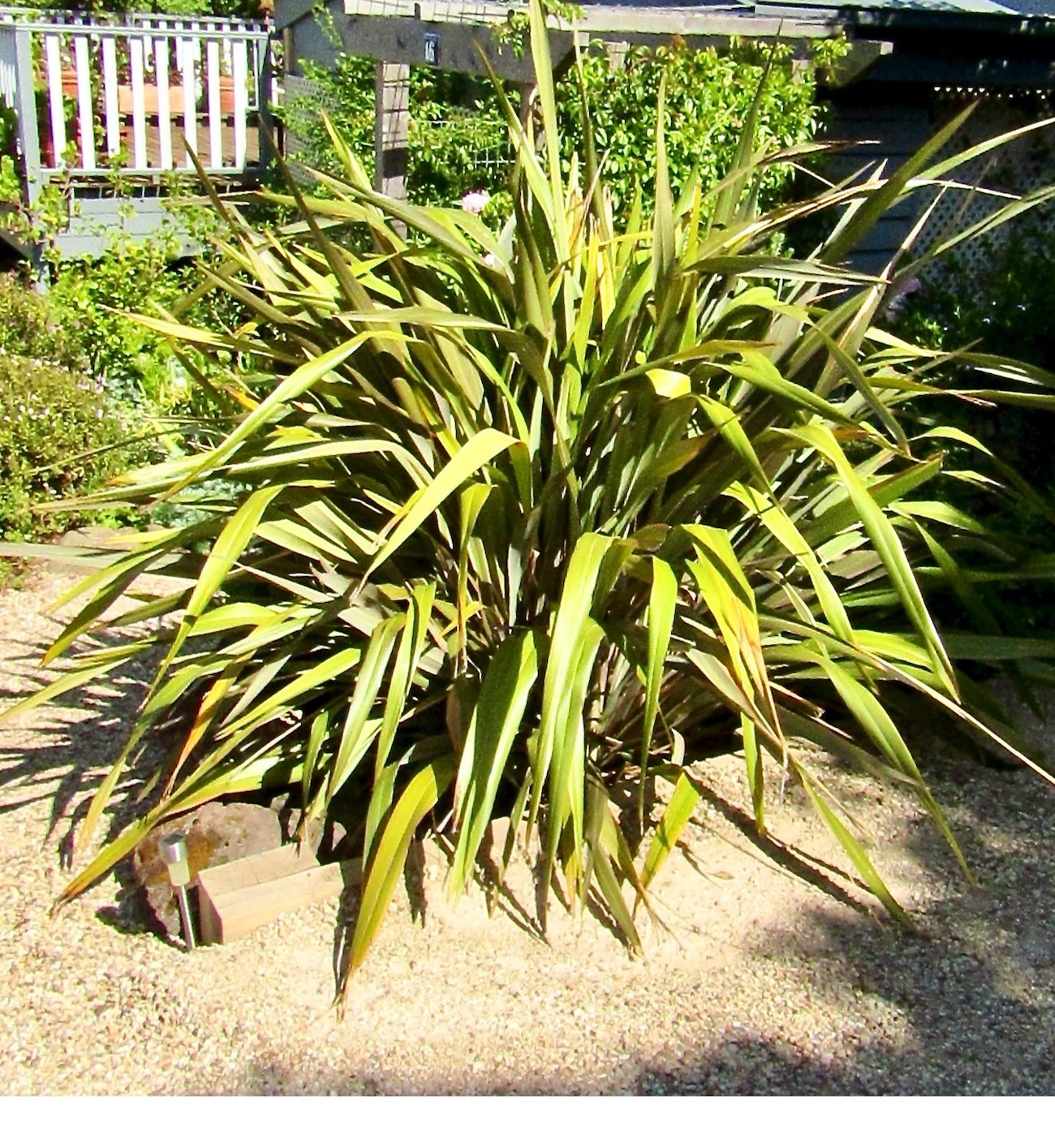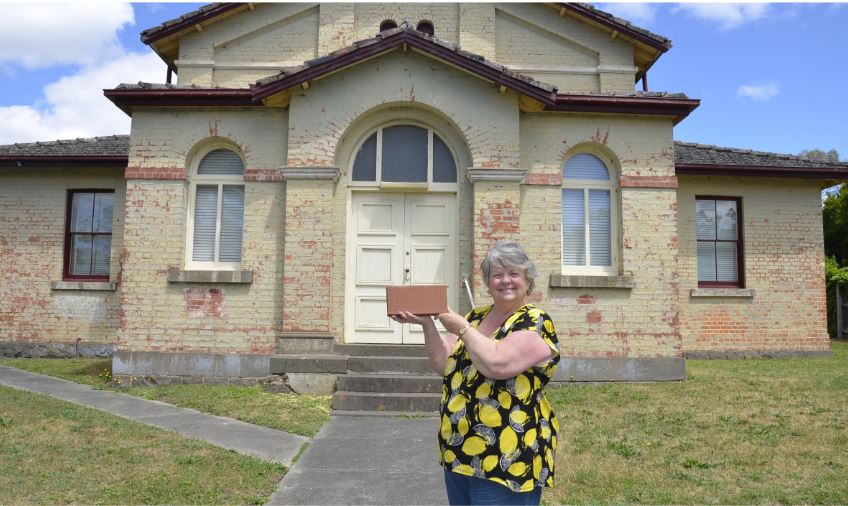December 6th, 2021In your local garden with Glen Heyne Gardens: Summer friends or foe?
Will our garden shield our homes or turn against us in times of bushfires?
Naturally, in times of the extreme bushfires of this summer there is no alternative but to escape to fight another day. But, under normal conditions, good garden design and the use of the many fire-resistant trees and shrubs can, at least, trap flying sparks and embers and reduce wind speeds near the house, if properly positioned.
Ground cover plants can slow the progress of fire through leaf litter, especially if used in low traffic, open areas, instead of lawn grasses.
Plant shape is subjective. Groups of low-growing shrubs and ground covers are better than tall shrubs, plants with dense foliage are better than open, airy crowns and smooth bark is safer than those with ribbon or rough bark, especially if it is likely to litter the ground or fly around.
Plants with broad or thick fleshy leaves are superior to those with hard, fine ones, which will dry and scorch more rapidly. Obviously, oil-bearing foliaged species, like the eucalypts are definite no-nos, needing themselves to be shielded from the heat and flames.
Whatever you choose to plant, remember dead or drying plants will burn regardless of their flammability capability so it is obvious that you should keep them all well-watered and healthy. Maintaining healthy plants will increase the time they take to dry out and burn.
Many complex factors are likely to have impact on controlling the speed and spread of fires and these can include the planting patterns of trees and larger shrubs which can deflect wind, arrest sparks and absorb radiant heat. Continually remove any dead or drying branches and leaves both from the plants and around them.
If you have no secure place to store the material, pile it in a safe dry place and cover it all with a good layer of soil or sand, for later use as mulch in the garden beds.
If you are unsure of the fire vulnerability of the trees and shrubs already in your garden, when fire restrictions permit throw a small sample of their foliage into the barbeque and see how much they flare up. You may feel more secure if they were no longer in an exposed position in your garden.
It is well to remember that during periods of extreme bushfires such as we are currently experiencing, and no doubt can expect from now on, neither the plants listed here, or other plant types can be expected to protect your property. But good design and use of those plants listed below should reduce your chances of being burned out.
The good news, as such, is that among the list of good guys are notably such all- time favourites as almost all succulents, gazanias, New Zealand flax, pictured below, geraniums, pelargoniums, and even lavender (provided it is kept well watered).
Plants rated as of moderate flammability include canna indica, cassia floribunda, chaenomeles japonica (flowering quince), chrysanthemum, citrus, cotoneaster, eremophila (emu bush), escallonia, myoporum insulare (boobialla), myoporum parvifolium (ground cover), oleander, photinia glabra rubens, rhododendron, roses and sorbus aucuparia (rowan tree).
Plants rated as of low flammability include camellia japonica, camellia sasanqua, gazania, hebe speciosa (veronica), hydrangea, pelargonium, pittosporum undulatum and prunus (ornamental forms).
This is just a precis of what could be achieved through careful landscape design and some of the most useful plants to achieve a more fire-proof gardening environment.
Links: www.stateflora.sa.gov.au; www.anpsa.org.au
wwwfire.tas.gov.au/publications/1709brochure.pdf










